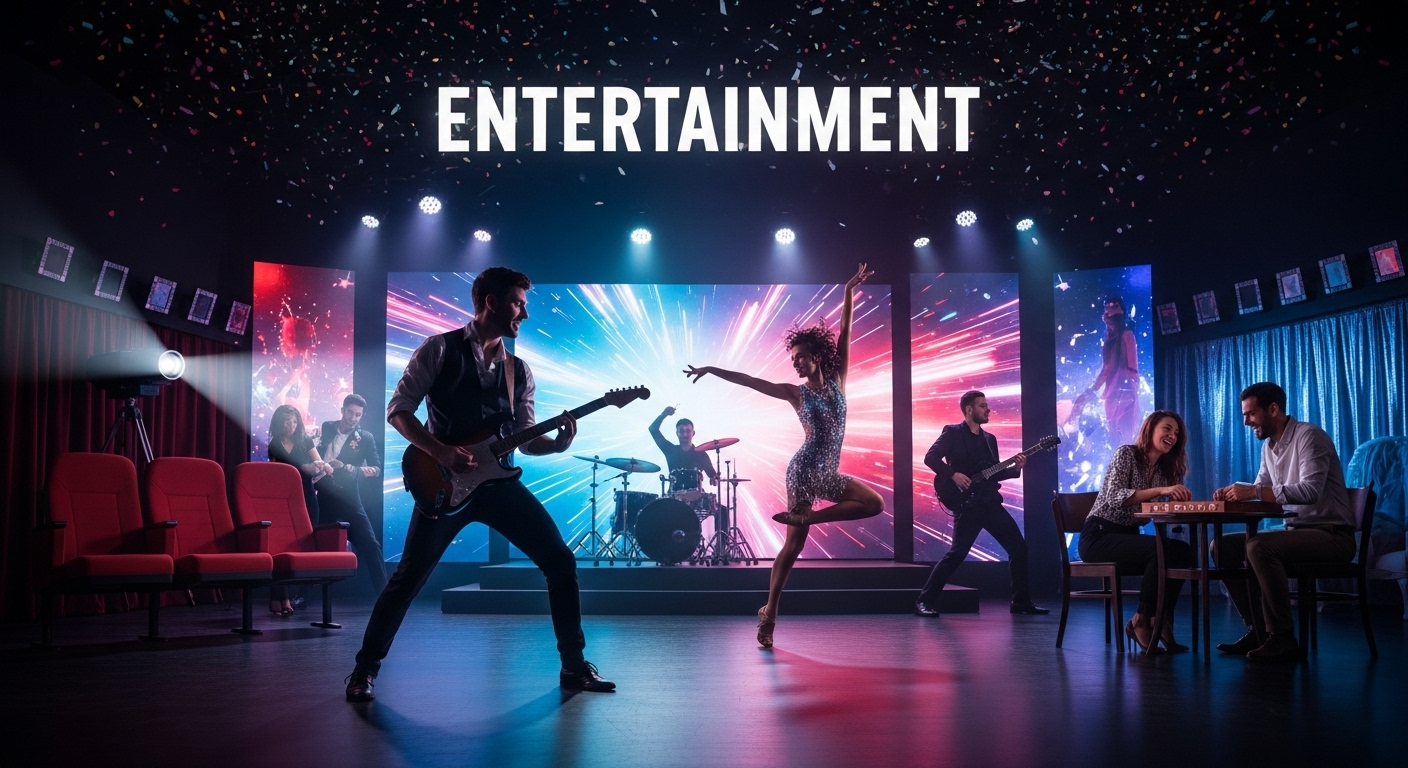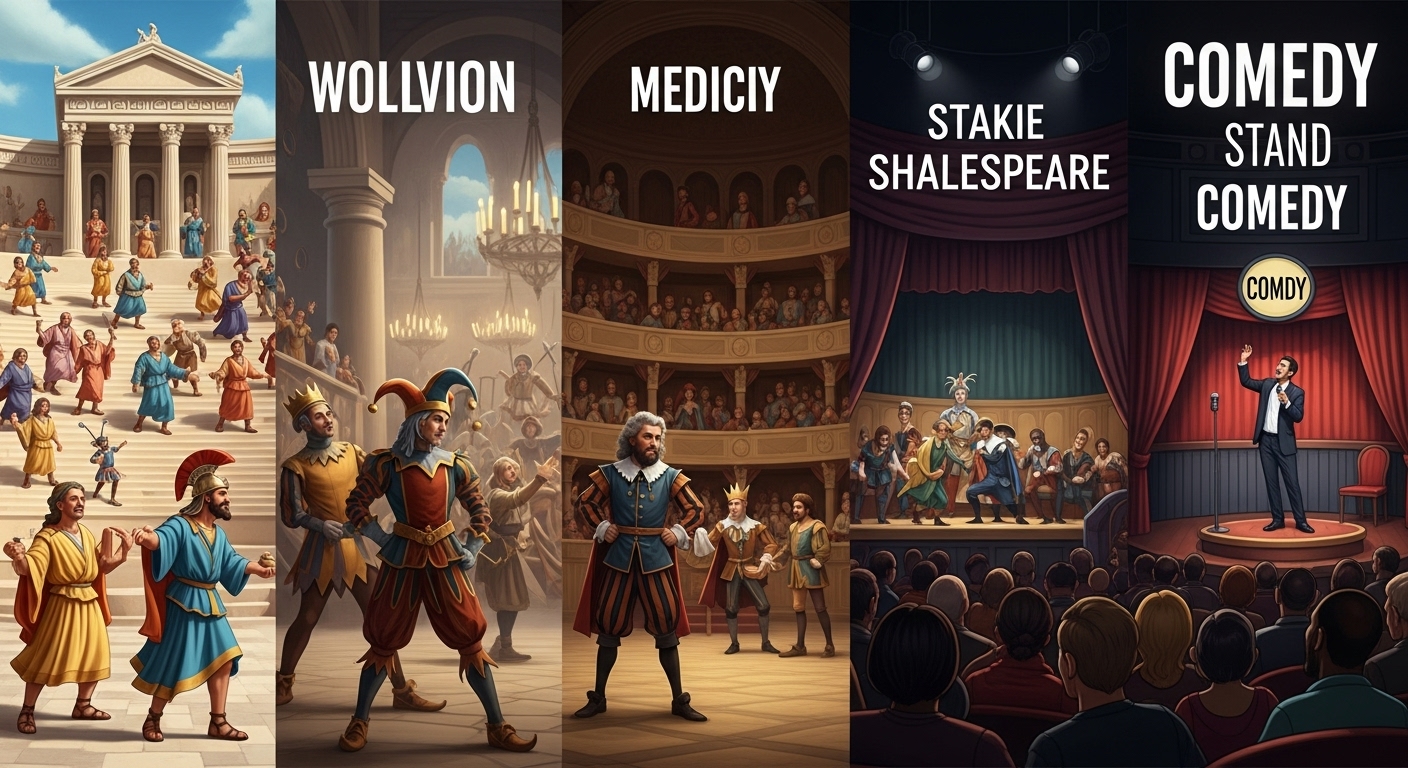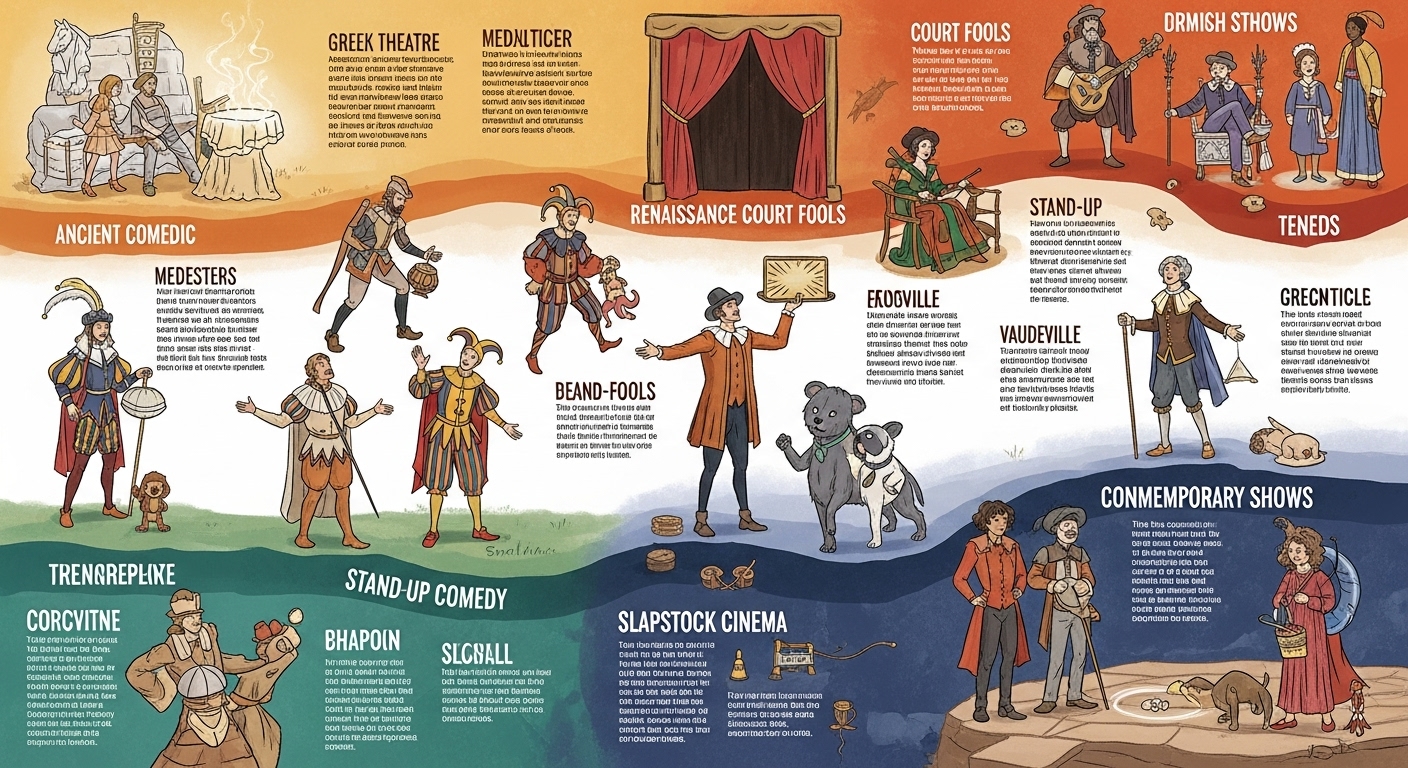Introduction
In the digital age, few phenomena capture attention and spread as quickly as viral challenges. These are social media trends that encourage participants to perform a specific action, dance, stunt, or creative idea and then share it online. From quirky dance routines to daring feats and humorous skits, viral challenges have become a defining feature of modern entertainment. They are not only reshaping how audiences engage with content but also influencing the way celebrities, creators, and industries approach storytelling and publicity. The power of viral challenges lies in their ability to blend participation, entertainment, and cultural conversation into a single package that spreads across the globe almost instantly.
This blog explores in detail how viral challenges impact the entertainment world, from shaping popular culture and music to driving marketing strategies, boosting careers, and even sparking controversies. By examining their rise and influence, we can better understand why viral challenges have become one of the most powerful tools in digital entertainment.
The Rise of Viral Challenges
The concept of viral challenges took off alongside the growth of social media platforms. With the rise of platforms like Facebook, Twitter, YouTube, TikTok, and Instagram, people suddenly had the ability to share videos instantly with audiences of millions. Challenges like the Ice Bucket Challenge or the Harlem Shake in the early 2010s became templates for how powerful a collective online movement could be. These early viral moments demonstrated that when a fun, quirky, or charitable idea is paired with shareable content, it has the potential to cross borders and reach people from all walks of life.
What made these challenges stand out was their accessibility. Anyone with a smartphone could participate, making them an inclusive form of entertainment. This accessibility also turned ordinary individuals into creators, blurring the line between audience and performer. With each iteration, the challenges evolved in complexity, creativity, and influence, cementing their role as a new mode of cultural expression.
Viral Challenges as Entertainment
At their core, viral challenges are designed for entertainment. People are naturally drawn to humor, music, competition, and creativity, and these challenges deliver all of those elements in short, digestible videos. Platforms like TikTok thrive on bite-sized content, and viral challenges fit perfectly into that model.
When audiences see a challenge, they are entertained by watching how others interpret it—whether through perfect execution, comedic failure, or surprising innovation. The entertainment lies not only in the original idea but also in the variations created by participants. A dance challenge, for example, becomes entertaining because of the countless unique performances that emerge. This element of repetition combined with creativity creates a cycle of entertainment that keeps audiences engaged.
Shaping Music and Dance Trends
One of the most visible impacts of viral challenges has been on music and dance. Songs that become associated with popular challenges often skyrocket in popularity. A relatively unknown track can become a chart-topping hit simply because it was chosen as the background for a trending dance routine. This has shifted the way the music industry approaches promotion. Record labels and artists now actively create or support challenges as a marketing tool to push their songs into mainstream attention.
Dance challenges, in particular, have turned into cultural landmarks. Moves associated with viral songs are replicated by millions, becoming ingrained in popular culture. From teenagers in their bedrooms to professional athletes on the field, everyone participates, turning a simple dance into a global phenomenon. This demonstrates the symbiotic relationship between viral challenges and the entertainment industry, where music feeds the challenge and the challenge feeds the music.
The Role of Celebrities and Influencers
Celebrities and influencers play a critical role in amplifying viral challenges. When a well-known personality participates in a challenge, it adds credibility and visibility, encouraging more people to join. The Ice Bucket Challenge gained enormous traction in part because countless celebrities—from actors to athletes—took part and shared their videos. Similarly, dance challenges often explode once influencers with millions of followers showcase their versions.
For celebrities, challenges are also a way to engage with fans on a more personal and approachable level. They strip away the formality of traditional entertainment and showcase spontaneity, humor, or vulnerability. This not only entertains audiences but also strengthens the bond between stars and their fans.
Audience Participation and the Democratization of Entertainment
Perhaps the most significant impact of viral challenges on entertainment is the way they democratize participation. Unlike traditional entertainment, where audiences are largely passive consumers, viral challenges invite everyone to be a creator. Anyone can film themselves attempting a challenge and share it, instantly becoming part of a global movement.
This shift has profound implications for how entertainment is created and consumed. Viral challenges turn everyday people into performers and storytellers, giving them visibility that was once limited to professionals. As a result, the boundaries between entertainers and audiences are increasingly blurred. Entertainment is no longer confined to the stage or screen; it happens in living rooms, classrooms, and parks, shared instantly with the world.
Marketing Through Viral Challenges
Brands and companies have recognized the power of viral challenges as a marketing strategy. Instead of traditional advertisements, businesses now launch challenges to engage with consumers in fun and interactive ways. By encouraging people to participate, they not only promote their products but also create a sense of community around their brand.
Successful marketing challenges generate millions of impressions, far surpassing the reach of conventional ads. They also offer authenticity, since content is created by real people rather than polished corporate campaigns. For entertainment companies, movie studios, and musicians, viral challenges are now integral parts of promotional strategies, often designed to coincide with new releases or events.
Boosting Careers and Creating Stars
Viral challenges have the power to launch careers overnight. Many social media stars gained recognition through a single challenge that showcased their creativity or skill. A dancer might go viral for their flawless performance of a trending routine, leading to collaborations with artists, endorsements, and even mainstream fame.
This has reshaped the pathways into entertainment careers. Traditional routes like auditions and networking are now complemented by the ability to build an audience through participation in viral challenges. For aspiring entertainers, challenges provide a platform to showcase talent and gain visibility without the gatekeeping of traditional industries.
The Double-Edged Nature of Virality
While viral challenges have many positive impacts, they are not without controversy. Some challenges are dangerous, encouraging participants to attempt risky stunts that can result in injury. Others may spread harmful stereotypes or inappropriate content. In such cases, entertainment value comes at the cost of safety and responsibility.
The fast spread of challenges also means that harmful ideas can gain traction quickly before platforms or authorities can intervene. This raises important questions about the responsibility of creators, influencers, and platforms in ensuring that viral content remains safe and ethical.
Social and Cultural Influence
Beyond entertainment, viral challenges reflect and influence broader social and cultural trends. Some challenges raise awareness for causes, blending fun with activism. The Ice Bucket Challenge, for example, significantly boosted awareness and funding for ALS research. Others become symbols of unity during difficult times, offering moments of shared joy and connection.
Challenges also highlight cultural creativity, as participants adapt them to their local traditions, languages, and humor. In this way, they serve as vehicles for cultural exchange, allowing people from different backgrounds to connect through a shared global experience.
The Psychological Appeal of Participation
The success of viral challenges is rooted in psychology. People are naturally drawn to trends because they offer a sense of belonging. Participating in a challenge allows individuals to feel connected to a larger community. The possibility of gaining likes, shares, and recognition adds motivation, blending entertainment with social validation.
Moreover, challenges often provide a safe and structured way to express creativity. They give participants a clear framework while leaving room for individuality. This balance between structure and freedom is part of what makes challenges so appealing and entertaining.
The Future of Viral Challenges in Entertainment
As technology evolves, the role of viral challenges in entertainment will likely continue to grow. With augmented reality, virtual reality, and artificial intelligence becoming mainstream, new forms of challenges will emerge. Imagine AR-based dance routines or AI-generated creative tasks that push the boundaries of what is possible.
Platforms will continue to evolve to accommodate these trends, integrating more interactive features to encourage participation. At the same time, the entertainment industry will increasingly rely on challenges as promotional tools. Viral challenges are no longer a fringe phenomenon; they are becoming central to how entertainment is created, marketed, and consumed.
Conclusion
Viral challenges have transformed the entertainment landscape in ways that few other trends have managed. They combine participation, creativity, and visibility into a phenomenon that captures the spirit of the digital age. From shaping music and dance trends to driving marketing campaigns, creating new stars, and connecting audiences worldwide, their impact is undeniable.
Yet with this power comes responsibility. As challenges continue to evolve, it is essential to ensure that they remain safe, inclusive, and positive. At their best, viral challenges showcase the joy of human creativity and the power of global connection. They remind us that entertainment is not just something we watch but something we can actively participate in. In an era where everyone can be a creator, viral challenges stand as one of the most dynamic and influential forms of entertainment, shaping not just what we consume but how we engage with the world around us.



